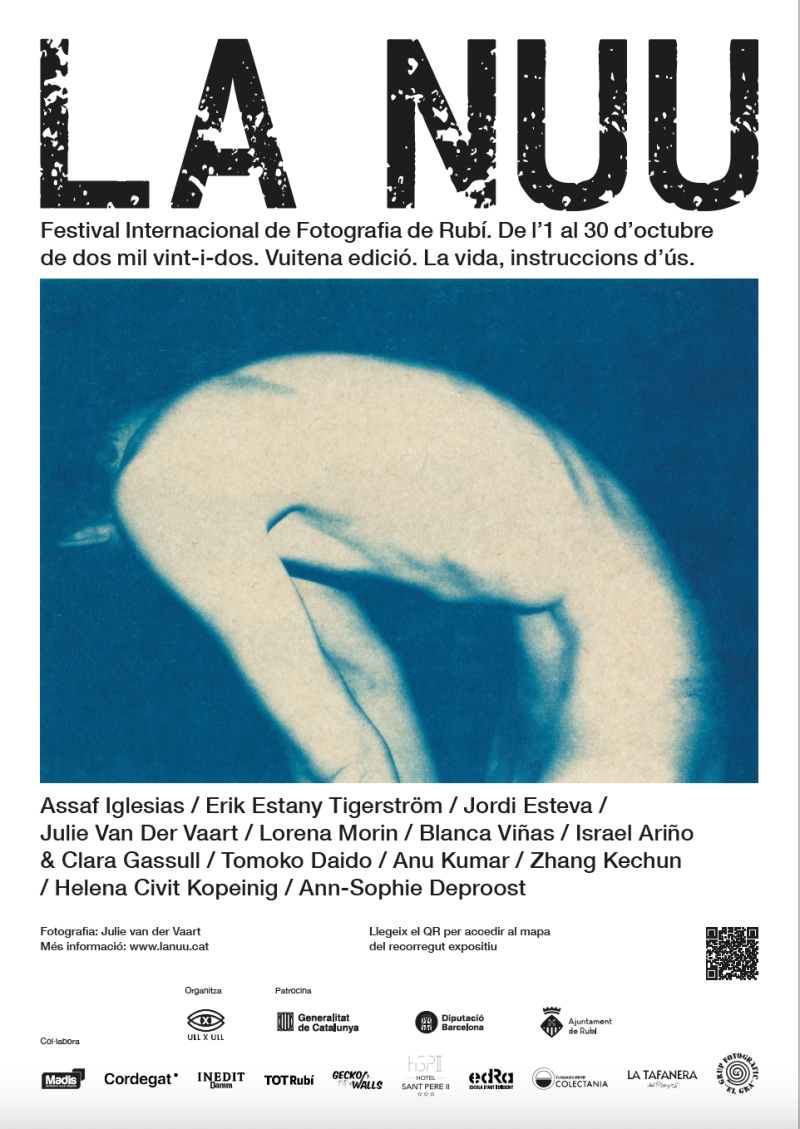Artists
Blanca Viñas
(Barcelona, Spain 1987)
Blanca Viñas is a wholly Oulipian artist. If the photographic section of the Potential Literature Workshop (Oulipo) existed, she would be its most prominent member. Viñas explores the potential of analogue photography by adopting rules and restrictions that determine her creative process. Just as Raymond Queneau, in his Exercises in Style, presented 99 different ways of narrating the same episode, or as George Perec wrote his novel The Disappearance without using the letter “e”, the most frequent vowel in French, so Blanca Viñas creates her own creative constrictions and determines her own rules of play.
The playful component of the photographic shot that embraces chance and accident, sometimes without technical control of any kind, is an attempt to integrate the realm of the unconscious into her experimental research. This procedure embraces anarchic propositions in the Dadaist tradition.
Although her research is based more on form than on content, it also focuses on the experimental process itself and the knowledge that her results generate. Each new form requires a fresh gaze. According to the photographer herself, her Tratado de fotografía desobediente (Treatise on Disobedient Photography) proposes alternative methodologies that question the limitations and rules that have been imposed on this discipline. Framing inclined horizons, using expired rolls of film and colour filters without criteria, forcing the entry of light or exposing the film more than once; these are some of the interventions that render impossible the existence of the technically perfect, hermetic image that classic photography manuals have always recommended.

Erik Estany Tigerström
(Celrà, Girona, Spain, 1982)
He uses photography as a tool to think about the photographic medium itself and its relationship to language. His work reflects on the condition of the contemporary image, the ideological structure of the technology by which these images operate, and the implications of their centrality in our lives.
From what happens outside, it reflects on how we see the world today. The work explores how current visualisation technologies, and the new ways of seeing they produce, shape our perception of reality and mould the landscape. For this reason, the work starts from the window, as a metaphor for the idea of vision and as a place from which to take the photographs. The author uses the local context shown by the window to think about the global context of visual capitalism projected by the screen, characterised by the centrality of the image, techno-science and computation.
The work thus reflects on the condition of the contemporary image and the characteristics of its production and circulation, and more specifically on issues such as the new visual normativity, based on screens, mechanised vision and artificial intelligence, virtuality or the shift from linear perspective to vertical vision. The symbiotic relationship established between the photographer and the machine embodies the relationship we have with technology in the current context of the transformation of ways of seeing. A relationship of mutual learning in which the photographer uses the machine to see more and better, while the machine uses the photographer to learn to see and look autonomously, a game that allows them to see beyond the existing, imagining the world as they shape it. In the end, the machine and the photographer look at what is happening outside in order to imagine what is happening inside that layer of images that mediates between us and the world.
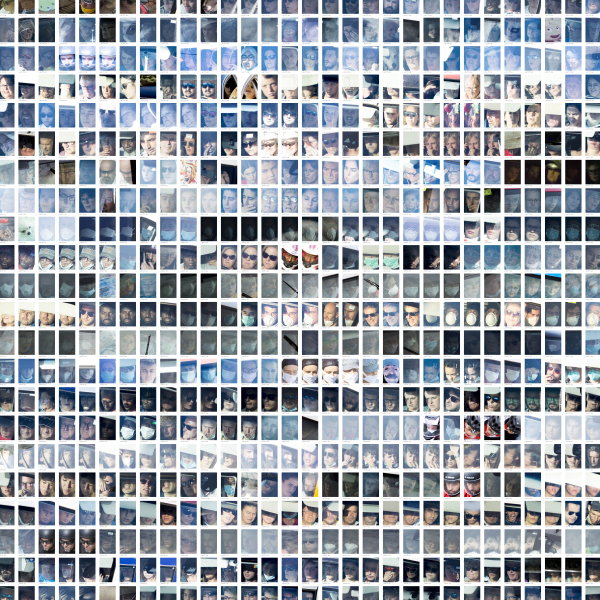
Helena Civit
(Villach, Austria, 1997)
This work Haus und all` ‘House and cosmos’, takes up the title of the second chapter of the wonderful essay The Poetics of Space, by the philosopher Gaston Bachelard. As he explains, our home is our corner of the world. And if we talk about our family home, we are talking about our first universe. The house is a cosmos that gives us protection and the illusion of stability.
As we know, human beings constantly reimagine and rewrite their reality, their microcosm.
Although she lives in Catalonia, Helena Civit has lived for several seasons in her mother's village in the south of Austria, in a rural and summer holiday area in the Alps. This particular and fragmentary experience of the territory - a home that is never fully known - is here turned into a photographic exploration. Straddling the line between the personal diary and the documentary gaze, between belonging and intrusion, from the threshold between inhabiting and observing, a vision of a landscape already over-signified, full of connotations, clichés and consolidated narratives that run through it is explored. A landscape made up of emotionally, culturally and ideologically charged layers, between which something living and unforeseen can be sensed. Photography is here a tool with which to observe the texture of a place and a moment, with the symbols, echoes and shadows that emerge. On the one hand, there is a desire to portray, even to catalogue or inventory a cosmos of forms - materials, customs, patterns, gestures, ornaments - in the manner of a glossary and personal archaeology. On the other hand, there is a desire to investigate the construction of a territory through its symbols and marks, and to question the very notion of belonging.

Anu Kumar
(Kavi Nagar, India,1990)
Photographer Kumar Anu was born in the town of Kavi Nagar in Ghaziabad, Uttar Pradesh. When he was only 8 months old, his family migrated to Melbourne, Australia. At the age of 21, she returned to her hometown: ‘I remember a sense of discomfort, of not knowing where I belonged or who I was in that context,’ she says, ‘I started taking pictures as an exercise in learning to be Indian. A slow journey to accept and understand her cultural heritage.
Ghar, the title of this work, means ‘home’ in Hindi and gives its name to the visual record of her homecoming. For 5 years and with her medium format camera, her affable gaze waunts and uncles make up a family album that captures the daily chores and intimate scenes of family life. Anu Kumar questions the personal consequences of migration and diaspora. Photography helps her to understand her identity as a woman born in India and raised in Australia.
Her decolonial aesthetic aims to confront the usual Western photographic representation of the kind found in magazines such as National Geographic: an India full of exoticism and vibrant, saturated colour.
The soft, muted colours and misty light filled with a slight smog reveal her most intimate and intimate world. The sadness of being and not being from a deeply loved place.
nders through the rooms and courtyards of the family home, through the surrounding streets, sketching the hidden nature of her hometown and the cartography of her personal and cultural heritage. The square portraits of his grandmother, a
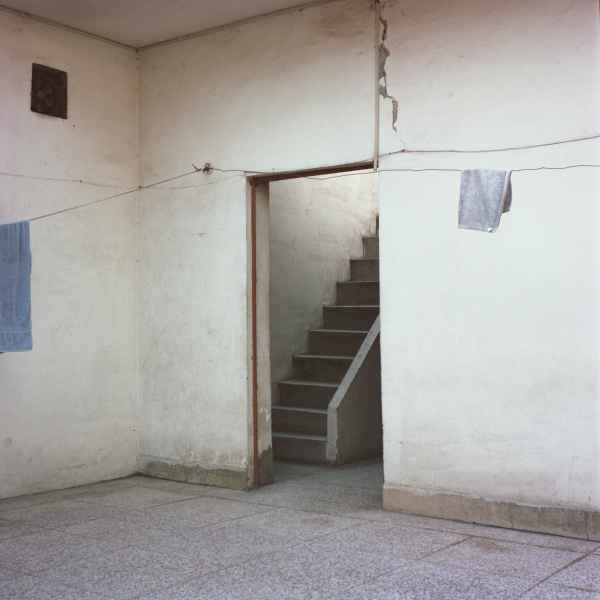
Lorena Morin
(Las Palmas de Gran Canaria, Spain,1973)
Mother of 5 children, Lorena Morin lives in Berlin with her family. A member of the Temps Zero collective, she has been obsessively photographing her loved ones and their life together since 2008. She photographs her family and herself in common areas of the house, such as bedrooms, corridors, bathrooms and kitchens. Her work is based on the intimate diary and at the same time on a new re-signification of the family photo album. She closes her hands and collects them, brimming with the passage of time and the rapid flight of days: memory, recollections, intimate and family life as a mother, as a woman, as a lover. Always surrounded by the people she loves most.
Lorena Morin does not use digital tools and works with traditional large format, medium format and polaroid cameras. Colour and black and white photographs. Intimate images, in which the author, her partner and her five children appear through a story constructed as a photographic diary elaborated throughout her days.
The title of her work Je reste avec vous is taken from the epitaph on the tomb of the poet Jean Cocteu, buried in Milly-la-Fôret. I remain with you. A declaration of love that bets on life. A work that reflects his daily life and focuses on his personal and family universe. A coherent work, wildly emotional, close, radical, attentive and immensely beautiful.
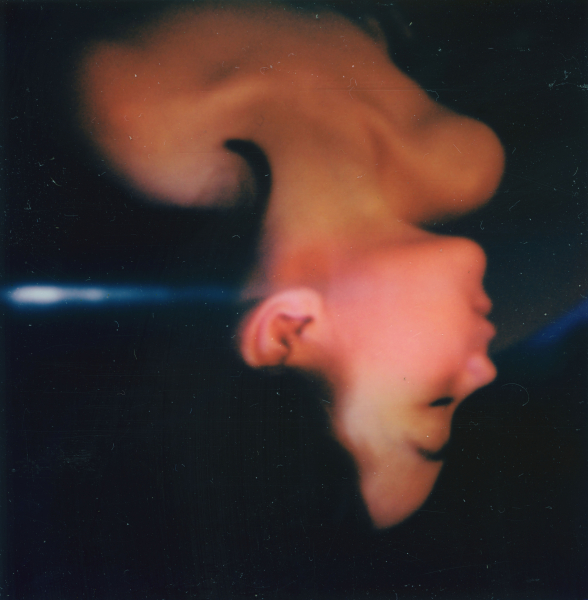
Israel Ariño & Clara Gassull
Israel Ariño (Barcelona, Spain, 1974) & Clara Gassull (Barcelona, Spain,1994)
Voyage en pays du Clermentois is a four-handed project by photographer Israel Ariño and artist Clara Gasull. The work has been presented in exhibition format and has been collected in a book published by Ediciones Anómalas.
Previously, both authors had already collaborated with Variaciones sobre la gravedad del lugar where a dialogue was created between the sculptures of Clara Gassull and the photographs of the work La gravedad del sitio by Israel Ariño.
The photographer usually works on black and white images taken with large format cameras. His technical mastery of old analogue processes (ambrotype, salted paper, wet collodion...) gives him a very varied stylistic palette.
Voyage en pays du Clemontois is the result of an artistic residency that Israel Ariño is carrying out at Diaphane, a photographic centre in Hauts-de-France. A long process of creation that runs from July 2017 to December 2018, in which he was able to travel the territory of Clementois in different seasons of the year. The germ of the images are photographs of these landscapes to which Clara Gassull adds colour without any reference to the real colours. Digitally, she repaints the landscape with a limited chromatic range, with creamy and pale colours. In this way he creates new images and new meanings from the same image. A pictorial stroke of impressionist inspiration on the monochrome brush of silver halides.
Photography has always had a nostalgia for colour, and painting was soon incorporated to colour postcard images. The very history of the technical invention of photography, which was born in black and white and later incorporated colour, means that we psychologically relate the former to the past and the latter to the present. A narrative resource to which we have also become accustomed in cinema. In this case, the colour of the photographs resulting from the Ariño-Gassull tandem isolates them from the present and leads them to a timeless, fictional space. Colour is an element of transfiguration of reality and of the very representation of the real. With a metaphotographic will, imagining and subverting reality, the images appeal to the past and the future and make us see and recognise ourselves in the landscape.
The objective correlate is a literary technique that uses a series of poetic images in succession to arouse emotion and reflection in the reader. The viewer must look at the poetry of these photographs equally.
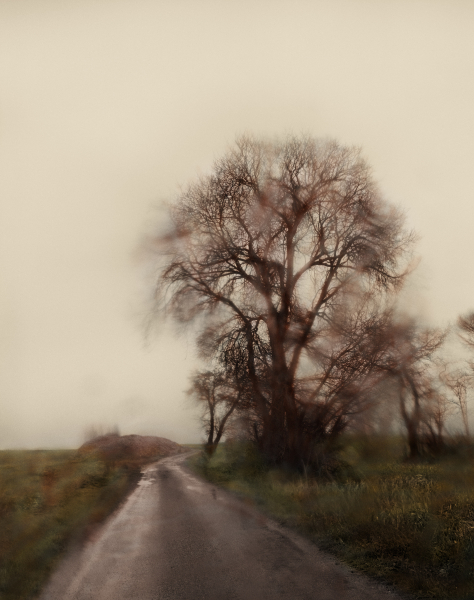
Tomoko Daido
(Obama, Japan, 1976)
Tomoko Daido defines herself primarily as a photographer and rejects the label of artist. Her practice stems from a social vocation, distancing herself from the self-referential and often egocentric idea of today's photographic practice. With this distinction he points out the main material he works with: memory. His project ‘Murmur’ takes us to images of those places that have remained engraved in the collective memory, not so much of his host country, the United States, or of his country of origin, Japan, but that memory that has marked generations of the entire Western world. Impressive images that we have seen on the screen: Chernobyl, the fall of the Berlin Wall, the fall of the Soviet Union or the subsequent war in the Balkans, and how it is possible that something like this could happen again in Europe.
Daido works with collective memory and searches for the remains on the ground - an archaeology of what remains hidden to the naked eye - like someone who is going to verify first-hand that those images that are engraved in his memory really belong to a place and are real events. But what he photographs cannot be placed in a specific time or place. His photographs are not chronicles. It is rather a matter of photographing those places that seem burdened, dense, heavy, impregnated with the same memory of what once happened and has been trying to heal for a long time.
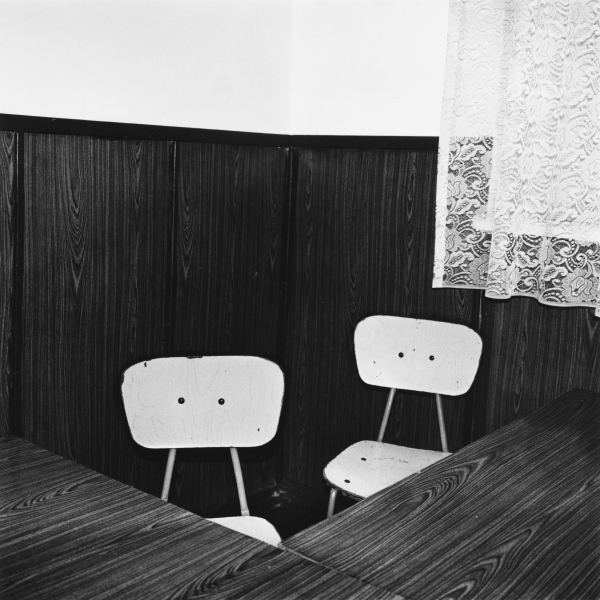
Julie van der Vaart
(Maastricht, Holland, 1988)
In 1417, the Italian humanist Poggio Bracciolini discovered in the library of a secluded monastery in southern Germany the manuscript of a great forgotten work. De rerum natura (On the nature of things), the poem by the Latin Lucretius which embodied the atomistic theory of Democritus and the materialistic worldview of Epicurus. According to this conception, a whole explanation of the universe and a philosophy of human life was established that rejected the fear of gods and death. The structure of reality consisted of atoms, emptiness and nothing else. That book influenced the cultural and ideological change that led to modernity and current scientific theories.
One of the physicists who created the theory of loop quantum gravity, Carlo Rovelli, in his book Reality is not what it seems, writes: ‘This immense dance of atoms has no purpose, no purpose. We, like the rest of nature, are one of the many results of this infinite dance’.
A quote taken up by the photographer Julie Van der Vaart to present her work The dance. A series of cyanotypes on Japanese Kozo paper that aims to show the internal conflict of the author, who oscillates between her passion for science and a sometimes repressed spiritual need.
Cyanotype is a monochrome photographic process for obtaining prints in Prussian blue. Curiously, it was invented by the English astronomer Sir John Herschel in 1842, and it was the botanist Anna Atkins who immediately put it into practice to document ferns and other plants.
A process of technical-scientific origin that Julie Van der Vaart incorporates to demonstrate the physical materiality of her work based on experimentation with analogue image development techniques.
Her themes are the subjectivity of time, the immensity of the cosmos, mortality, nature, science and the search for spirituality.
This series shows photographs of cosmic significance and an evident timeless effect: fragments of naked bodies that seem to vanish in space and eternal landscapes outside the limits of time. An indissoluble yet evanescent nature.
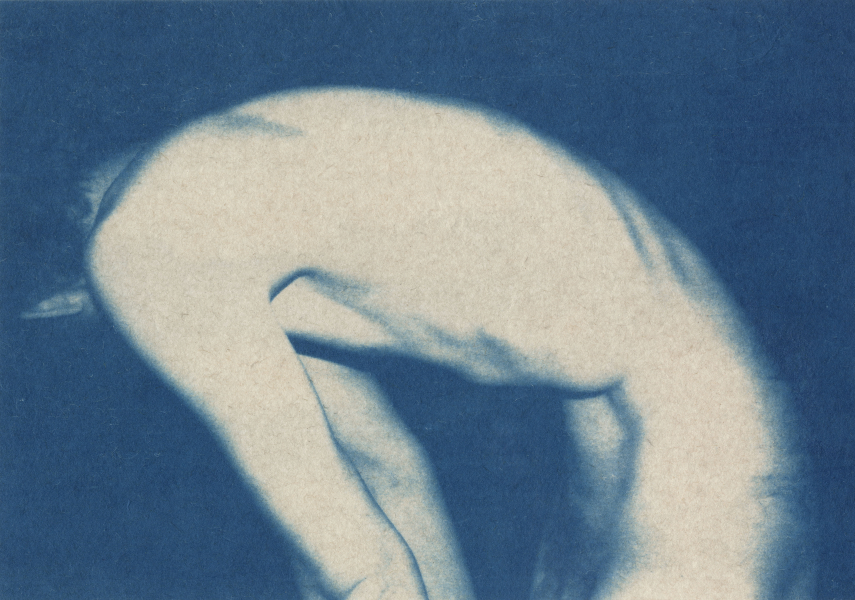
Ann-Sophie Deproost
(Bruges, Belgium,1989)
Ann-Sophie Deproost is a visual artist who practices a process of technical hybridisation between drawing and photography that aims to erase the limits that separate the two disciplines. A pictorial stroke that intervenes and re-signifies the photographic image.
His work should be framed within the critical currents of Visual Studies or the Anthropology of the Image, especially with regard to reflections on the gaze and the contrast between image and medium, that is to say, the different natures of the mental image and the material image.
The camera is no longer the photographer's only tool. The scanner, the screen capture or the appropriation of the found image have become common tools in the practice of photography. Deproost's experimental research incorporates mixed procedures of image manipulation, be they chemical, mechanical, digital or manual. Laboratory, table and computer. Also in terms of drawing, he uses pencil, traditional inks, different pigments and the digital printer.
All this and the choice of the final support, the choice of paper, photographic or not, its texture, its grammage, its corporeality, turns each work into a unique piece. A singularity that contrasts with the infinite reproducibility of photography.
A slow way of working, which adds layers of time and meaning to a work that does not want to represent a tangible and univocal reality but wants to be a poetic and fragmented interpretation.
The concept of the decisive instant is annulled with the accumulation of these material strata in the breeding ground of the image. A layering that refers to different layers of time. Landscape motifs and urban fragments in black and white are crossed by the drawing in a gradual creation, which incorporates time as the main theme. Time or its collapse.

Zhang Kechun
(Bazhong, China, 1980)
Following one of the longest rivers in Asia, The yellow river offers a glimpse into China's national identity, an ancient and enduring identity that is changing rapidly.
After reading the novel ‘Rivers of the North’ by the ethnic Muslim writer Zhang Chengzhi, the photographer came up with this project. The book is written in a stream-of-consciousness style and its characters follow the course of different rivers in China. Attracted by the powerful words of the novel, he decided to take a walk along the Yellow River to find the roots of his soul. Along the way, the quiet flow of his mind was flooded with the churning thoughts and the ceaseless current of reality.
The work explores the landscapes of China, capturing the ecology of its magnificent natural spaces. The tiny human figures, insignificant when set against the vast natural forms, are inspired by the Chinese painting tradition of shan shui 山水 (water and mountain).
They aim to create a new point of contact between China's long historical tradition and the concerns of contemporary society.
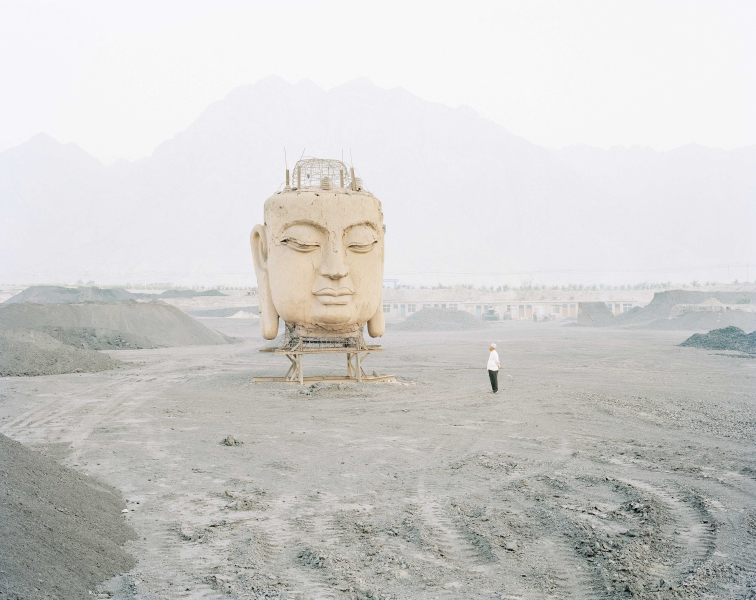
Assaf Iglesias
(Oviedo, Spain, 1972)
‘It was easy to make plans in the City of Planes’. Assaf Iglesias is an artist who practices written narration, photography, drawing and painting. Aparato maravilloso. El sol de la bandera is a mysterious poetic work, a treasure map, an enigma to be deciphered by the reader. A story made up of pictorial images, polaroid photographs and texts. A book that you read between the lines and never finish reading. A short story full of ellipses in which a first-person narrator speaks to us in the past tense: ‘Balboa Park. That's where the first braces came from. It was hot and lonely in San Diego’.
The protagonist visits the Air and Space Museum and there he discovers the marvellous apparatus: an all-metal, single-engine, single-seat American fighter plane from World War II: ‘In the distance, a mouth full of teeth came, and I approached it calmly and excitedly. There it was, a Curtiss P-40 Warhawk. It was the most beautiful thing I had ever seen in my life, and I sat down beside it to look at it. Every rivet, every part, every detail was a fucking work of art. More beautiful than any work of any artist I could admire. That was art’ (...) “I didn't know when I was going to see something so beautiful again”.
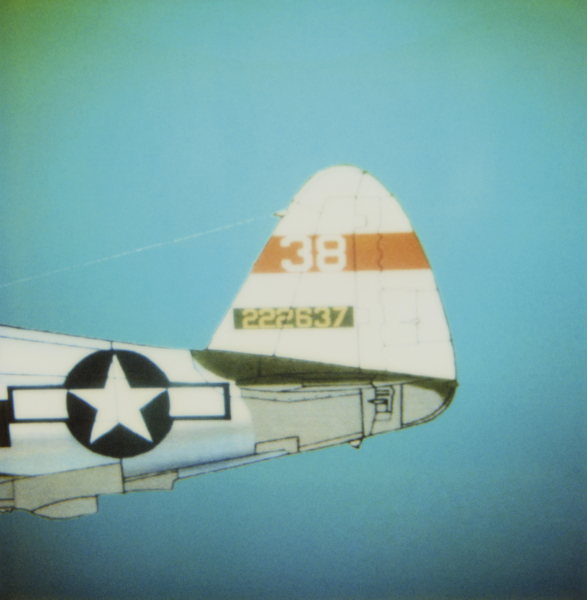
Jordi Esteva
(Barcelona, Spain, 1951)
Socotra, La isla de los genios (Socotra, the Island of Genies) is a profound, subtle work with different aspects. Using both image and word, the writer, photographer and filmmaker Jordi Esteva transports us to this marvellous island lost in the Indian Ocean which, almost four hundred kilometres from the coasts of Arabia, has preserved its primordial flora and fauna. For centuries, Indian, Greek and South Arab sailors and traders came here, drawn to the island by the value of the fragrant resins of its frankincense and myrrh trees.
Esteva’s gaze eschews the orientalist temptation so common among Western travellers, and focuses on his personal experiences to reveal a world hidden from the world. As the author himself writes in the literary narrative of his journey:
“I wanted to go out into the world and make the exotic cease to be exotic. That is to say, to stop being different and threatening. This is what I was aiming for. To look for the worlds that were disappearing”.
Apart from their documentary nature, these black-and-white photographs reveal a dreamlike landscape in which time passes more slowly within the time of legends and oral narratives. Esteva’s images seem to quiver like the flames of a fire under the night sky. These portraits and images of open spaces, full of smoke and fog, show us the island dreamed by the artist. The Socotra he saw.

